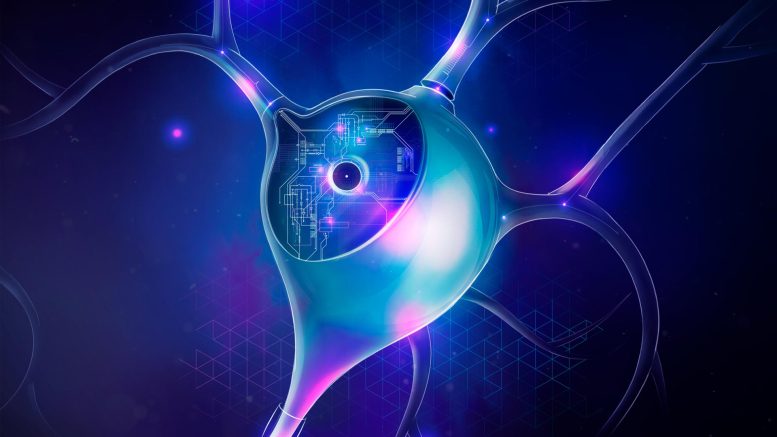
The Blue Brain Project introduces a universal workflow for creating and validating neuronal models using open-source tools.
Biophysically detailed neuronal models provide a unique window into the workings of individual neurons. They enable researchers to manipulate neuronal properties systematically and reversibly, something that is often impossible in real-world experiments.
These in silico models have played a pivotal role in advancing our understanding of how neuronal morphology influences excitability and how specific ion currents contribute to cell function. Additionally, they have been instrumental in building neuronal circuits to simulate and study brain activity, offering a glimpse into the complex dance of neurons that underlies our thoughts and actions.
Challenges in Model Creation
Creating accurate electrical models that faithfully replicate experimental observations is no easy feat. It involves quantifying the similarity between model responses and actual electrophysiological behaviors, which can be challenging when parameters like ion channel conductance and passive membrane properties are not directly measurable. Achieving a high similarity score often requires extensive exploration of parameter space, a task that can be arduous and time-consuming.
Evolutionary Algorithms to the Rescue
To address these challenges, researchers have turned to evolutionary algorithms (EAs) for help. EAs are efficient tools for global parameter optimization in high-dimensional spaces. In particular, the indicator-based evolutionary algorithm (IBEA) has shown promise in this context. However, the field still lacks fully open-sourced and reproducible workflows for model optimization.
Blue Brain’s Universal Workflow
In this new study, appearing on the cover of November’s Patterns, Blue Brain presents a groundbreaking universal workflow for creating, validating, and generalizing detailed neuronal models. The approach is built upon open-source tools, with all the steps freely available, and offers researchers a comprehensive solution for constructing neuronal models that can represent either a single biological cell or a predefined type of cells.
Canonical Neuronal Models
One of the unique features of the workflow is the ability to build so-called canonical neuronal models. “Rather than customizing each model for individual neurons, models that represent an entire neuronal type are created,” explains Werner Van Geit, group leader at BBP. “This approach is particularly useful when studying properties of a specific neuronal type and when constructing large neuronal circuits.”
Application of the Workflow
In this study, the authors applied the workflow to create 40 models representing 11 electrical types (e-types) in the juvenile rat somatosensory cortex, the region of the brain’s cortex responsible for processing sensory information related to touch, pressure, temperature, and pain from various parts of the body. Each model was optimized based on a set of electrophysiological features, ensuring a close match with experimental data. These canonical models were then tested on various morphologies to assess their generalizability.
By analyzing the parameters used in these models, scientists gain insights into their biophysical properties. “Sensitivity analysis helps reveal which parameters are crucial for model performance and which can vary without affecting the outcome” emphasizes co-lead author Christian Rössert, adding “This deeper understanding is a significant aid in refining model creation.”
Limitations and Future Directions
Although this approach is powerful, the authors point to some current limitations. Certain neuron types generalize well across various shapes, while others struggle. Understanding why certain models work better with specific morphologies is an ongoing area of research. In addition, creating a single canonical model means dismissing some of the variability seen in real neurons. To address this, neuroscientists can create multiple models based on the same input, introducing variation to represent real-world diversity.
“The set of e-models presented here are based on electrical measurement from patch-clamp recordings of the main body of neurons,” specifies co-lead author Maria Reva, “in future versions, these models can be enriched with more details, such as synaptic and dendritic integration and additional ion currents.”
“These enhancements will bring us even closer to understanding how neurons function,” concludes Van Geit.
Reference: “A universal workflow for creation, validation, and generalization of detailed neuronal models” by Maria Reva, Christian Rössert, Alexis Arnaudon, Tanguy Damart, Darshan Mandge, Anıl Tuncel, Srikanth Ramaswamy, Henry Markram and Werner Van Geit, 4 October 2023, Patterns.
DOI: 10.1016/j.patter.2023.100855
This study was supported by funding to the Blue Brain Project, a research center of the École Polytechnique Fédérale de Lausanne (EPFL), from the Swiss government’s ETH Board of the Swiss Federal Institutes of Technology.